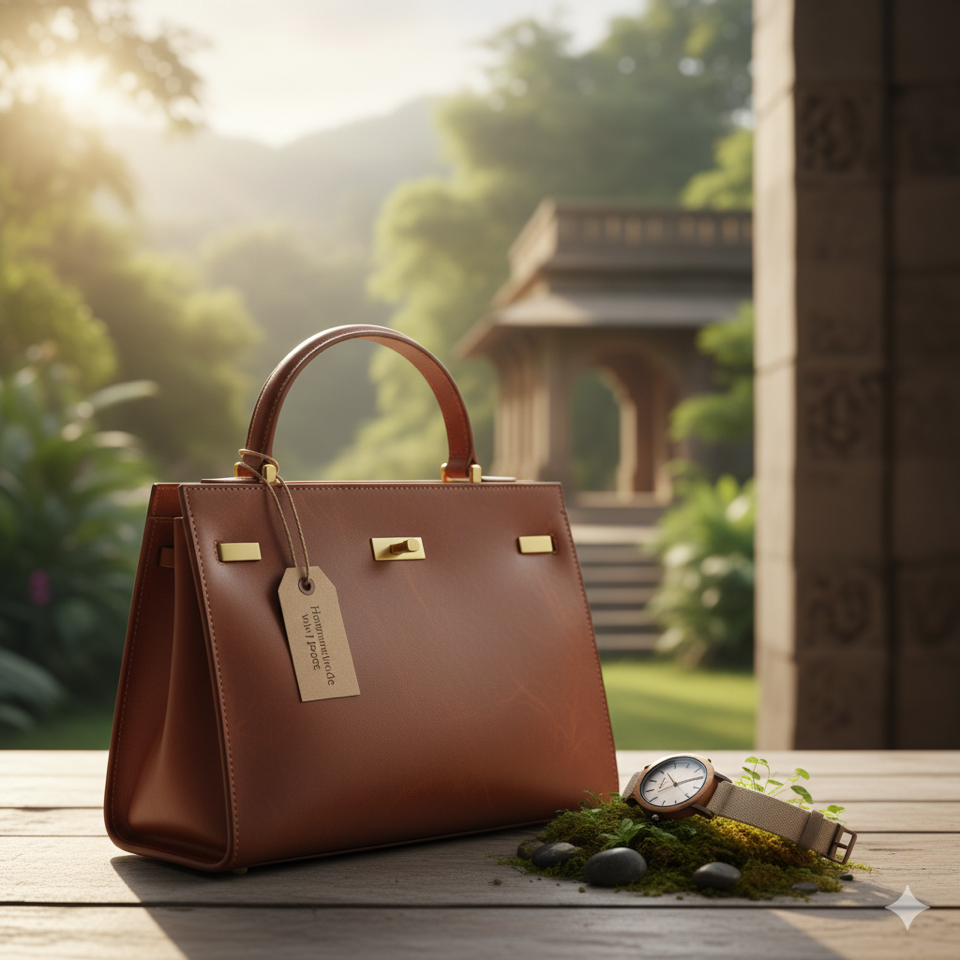The modern-day Indian luxury consumer is incredibly dynamic, with behaviours and attitudes toward wealth undergoing radical changes. Abhaya Gupta, author of “The Incredible Indian Luxury Bazaar,” dissects how luxury brands can take hold of the next great untapped opportunity.


The Incredible Indian Luxury Consumer
The Indian luxury consumer could be subdivided into the following traditional classes. That being said, the true impact of Gen Y and Z are a matter of further study since typically, the purse strings are still controlled by Gen X and above. The behaviour of their off-spring, while important influencers, are not yet key purchase drivers.
The Old Money consumer – The Traditional Maharaja or The Khandaani Raaes
Born with a silver spoon, the old money group has inherited wealth. Luxury is hence, a way of life for them. The elitist, original, sophisticated, upper-class spill over from the erstwhile nawabs and kings, who despite the Privy Purse restrictions, have continued their traditional conspicuous consumption all through the post-independence decades, and have not been dependent during the new wave of luxury goods into India. These luxury consumers want exclusivity and customization, key drivers being individuality, personalization and a special effect just for them. This small percentage of Indians perhaps contributes a maximum value to the luxury sales.
The New Money Consumer – The New Maharaja
Created during the post-industrialization phase of the sixties, the new industrialists, the new rich, or the new factory owner is a by now staunch consumer of luxury goods. They earned the wealth themselves and seek value. While the older generation prefers spending on safe assets like jewellery, their successive generation tries to pull them out of the closet to devote more spend on trendy items.
The HENRY – The Educated, Corporate Professional
The management graduate with MNC income; the DINK (double-income, no kids); the HENRY (high-income, not rich yet); and the YUUMY (young urban, upwardly mobile) shop luxury like there is no tomorrow. They need to dress well, drink well, eat out frequently, socialize, entertain, and relax– essentially living well and living for today. They place importance on luxury automobiles, mobile phones, and seasonal wardrobe changes and are considered the next big spenders on all things luxury.
The Returning NRI (Non-Resident Indian)
During the 1960s and 70s, many educated Indians moved to the United States for a better quality of life. The reverse brain drain due to global meltdown brought back a whole lot of technocrats and their ABCD (American-born, confused desi) off-spring. They seek the westernized lifestyle which they left behind. Some still use artificial accents to show their superiority to locals, and at times end up being made fun of. This group is well-educated, well-exposed and tech-savvy. As more and more globetrotting NRIs make their way back to resettle in India, the luxury industry has hugely benefitted. Used to a certain standard of living and services that they have experienced abroad, they seek the same in India. Particular gains have been seen in luxury real estate, home decor, hospitality, fashion, and restaurants.
The Bargain Hunter
This class is visible during EOSS (end of season sales). They come out in large numbers and can be seen walking around showrooms wondering why goods are so expensive even during sale periods. They buy small, but will graduate to higher level purchases as their career progression supports them.
The above extract is from the book “The Incredible Indian Luxury Bazaar.” For further analysis on the Indian Luxury space, its consumers, challenges, solutions and more, pre-book your copy at a special early-bird price.










